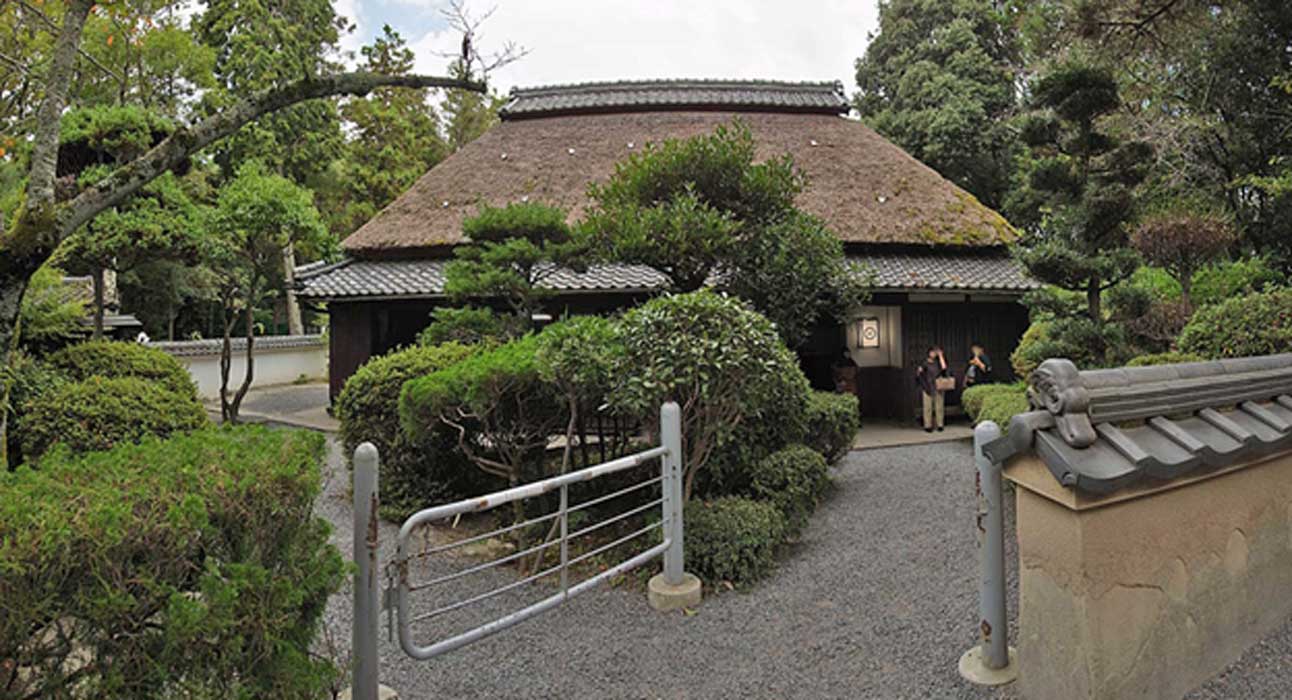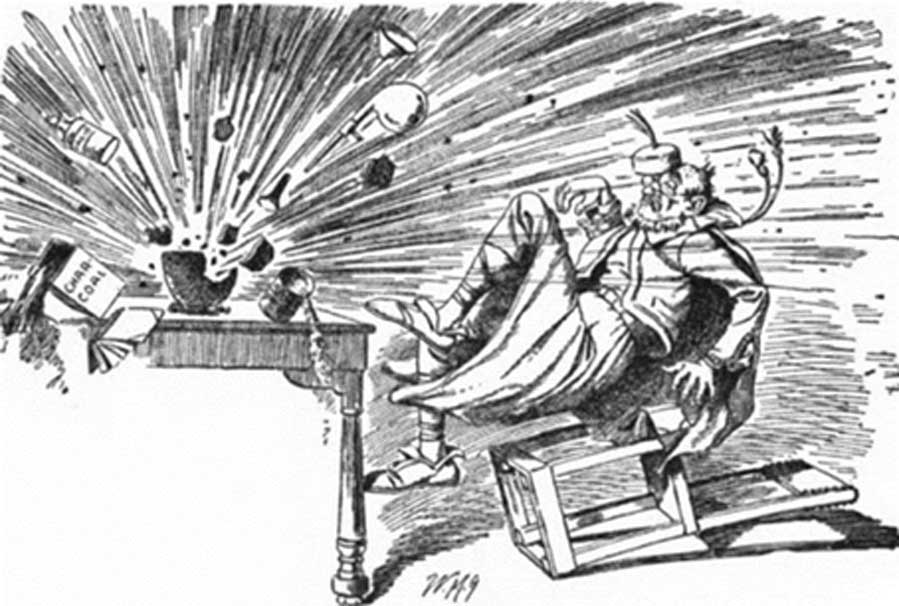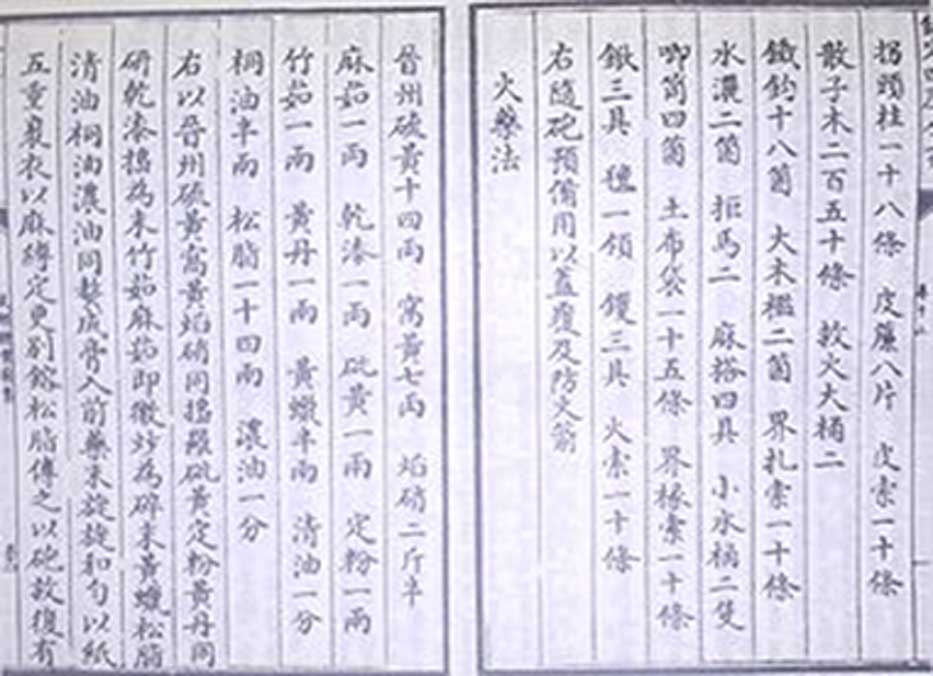
Fly and Violently Dance: The Explosive History of Alchemists, Knights and Ninjas
The first European records of gunpowder were written in the 13th century by Roger Bacon, the English philosopher and Franciscan friar who was believed by many to have been a wizard. In 1248, a missionary allegedly brought Bacon a device from China used in celebrations, known as a ‘firecracker’, which he pulled apart and analyzed, attempting to discover why it exploded so violently. Bacon soon worked out that the active powdery black substance was a mixture of saltpeter and other chemicals which was identified as a ‘huge danger’ so he subsequently enciphered the secret formula, attempting to keep its destructive powers from falling into the wrong hands.

Roger Bacon Discovers Gunpowder, from Bill Nye's Comic History of England. (Public Domain)
Discovery of Gunpowder
The original discovery of gunpowder, however, was detailed in Yoke Ho Peng’s 1985 book Li, Qi and Shu: An Introduction to Science and Civilization in China. In 142 AD, during the Han Dynasty in China, an alchemist called Wei Boyang who had been searching for an Elixir of Life: “accidentally discovered the explosive effects of mixing saltpeter (potassium nitrate), sulfur and charcoal” and he was the first person to write about gunpowder as a mixture of three powders that would: “fly and dance violently.”
In ancient China, the curative effects of saltpeter and sulfur had been utilized in the treatment of diseases but this new mixture, which ignited and burned more rapidly, was used: “exclusively to give fireworks extra punch” and it was approximately 100 years before another alchemist in China noticed that the more oxygen rich the saltpeter, the more powerful the resulting explosion would be.
The earliest known written description of the formula for gunpowder appears in the Chinese Wujing Zongyao military manuscript compiled around 1044 AD during the Song Dynasty of China, in a page titled ‘method for making the fire-chemical’ (huo yao fa).

The earliest known written formula for gunpowder, from the Chinese Wujing Zongyao military manuscript (1044 AD). (Public Domain).
Knowing that if the gunpowder compound was ignited in a sealed environment the heated gases would shatter its container, the immense potential powers of gunpowder began being developed for military applications like fire arrows, flaming rockets and burning lances, all of which were early conceptual weapons in the development of guns, cannons and rockets. And, even though the Chinese emperors tried to keep the discovery of gunpowder a secret, the formula eventually found its way to Europe, and into the alchemical laboratory of Roger Bacon.
Fire in Europe’s Skies
Using heat or fire to destroy enemy possessions, personnel, fortifications or territories has always been a fundamental strategy of war, to both punish and deprive the enemy of resources. Early ‘thermal weapons’ are a category of devices and flammable substances which were deployed in warfare during the classical and medieval periods (8th century BC until the mid-16th century AD).





